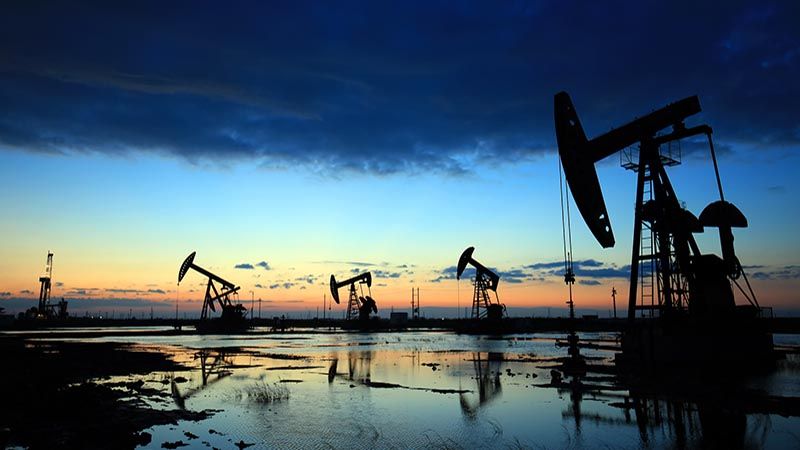Ecosystems in Key Biodiversity Areas (KBAs) in the Amazon Basin, Congo Basin and Southeast Asia are facing unprecedented threats from extractive industries, researchers from Earth Insight have warned.
The report, Closing Window of Opportunity: Mapping Threats from Oil, Gas and Mining to Important Areas for Conservation in the Pantropics, released during COP16 this week, reveals an alarming overlap between oil, gas and mining concessions and important areas for conservation, including KBAs, high-integrity forest landscapes, protected areas and Indigenous territories.
Newly released maps display the extent of extractive concession overlap with important areas for conservation, showing the window of opportunity to protect these invaluable ecosystems “is rapidly closing”.
According to these maps, over 500 KBAs – or 18% by area – and 180 million hectares of high-integrity forests overlap with fossil fuel and mining concessions in the Amazon and Congo basin regions and Southeast Asia. In these three regions, 25.4 million hectares of protected areas are overlapped by oil and gas blocks.
Concessions to extractive industries also directly threaten the livelihoods of Indigenous peoples and local communities across the pantropics – over 30 million hectares of Indigenous Territories in the Amazon are overlapping with oil and gas concessions and 9 million hectares with mining concessions.
Additionally, several case studies in the report also show extractive expansion threats to Indigenous peoples living in voluntary isolation.
“Preserving nature is essential for our shared future. The land and many Indigenous and local leaders who steward it are sending a clear message,” said Tyson Miller, executive director at Earth Insight.
“We are at a crossroads: we can either act now to safeguard the natural systems that sustain life or keep on the business-as-usual train speeding towards a cliff.”
The report called for urgent and coordinated global action to bridge the gap between conservation commitments and the realities of industrial-scale exploitation of natural resources.
These priorities should include an expansion of the global network of protected and conserved areas, alongside a restriction on industrial expansion in these areas. According to the report, immediate efforts are required to designate new protected areas, prioritising regions of high biodiversity, cultural and ecological significance and protecting those areas from industrial activity.
Additionally, Earth Insight recommended funding should be mobilised and increased for conservation at national and international level, while Indigenous peoples should be provided with the necessary financial, technical and political resources to exercise governance over their territories,
Madhu Rao, chair of the IUCN World Commission on Protected Areas, commented: “Protected and conserved areas are essential strategies to address both the climate crisis and biodiversity loss. As important carbon sinks, they will be increasingly vital to help us cope with climate change impacts. It is therefore critically important to secure biodiversity in these areas against industrial-scale exploitation, including mining and fossil fuel extraction, while recognising Indigenous stewardship of such areas.”
Karl Burkart, co-founder and deputy director at One Earth, added: “The Global Safety Net identifies lands and waters vital for biodiversity and climate regulation. Knowing that oil and gas overlap in the Global Safety Net reaches 82% in the Amazon, 64% in Congo and 35% in Southeast Asia should set off alarms. Targeted investments can create an effective global strategy for both biodiversity protection and climate stability.”








